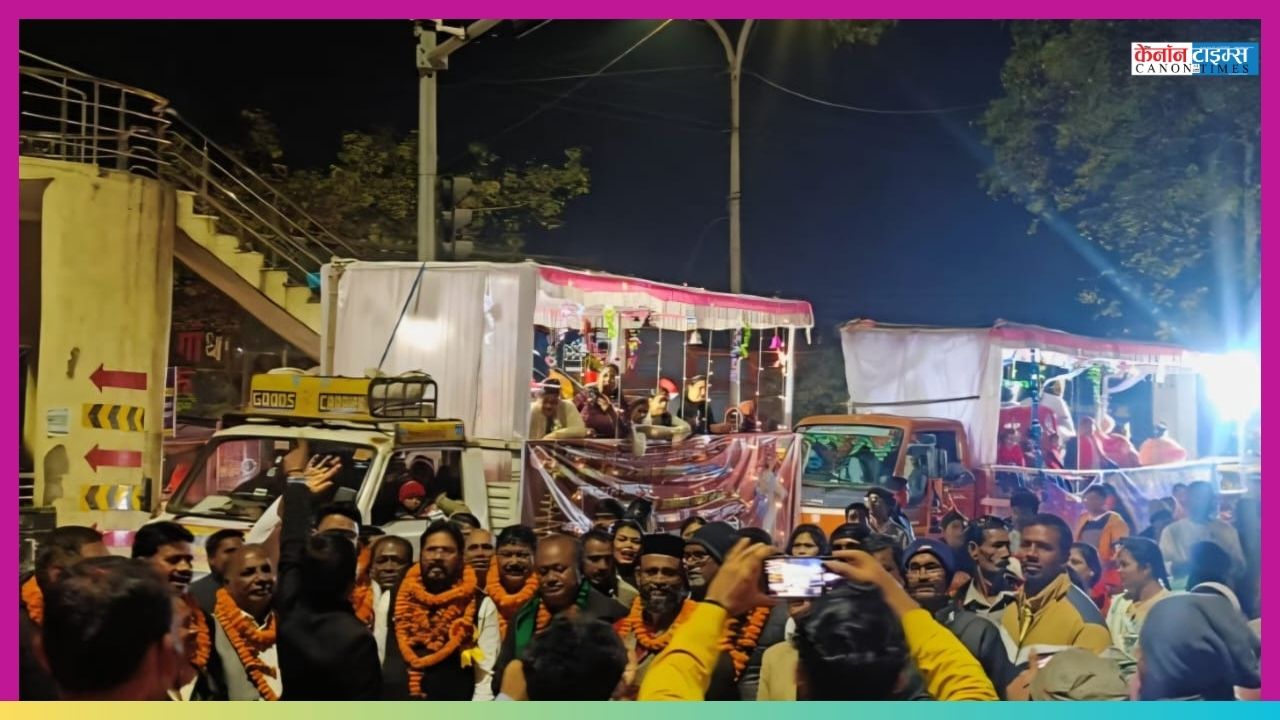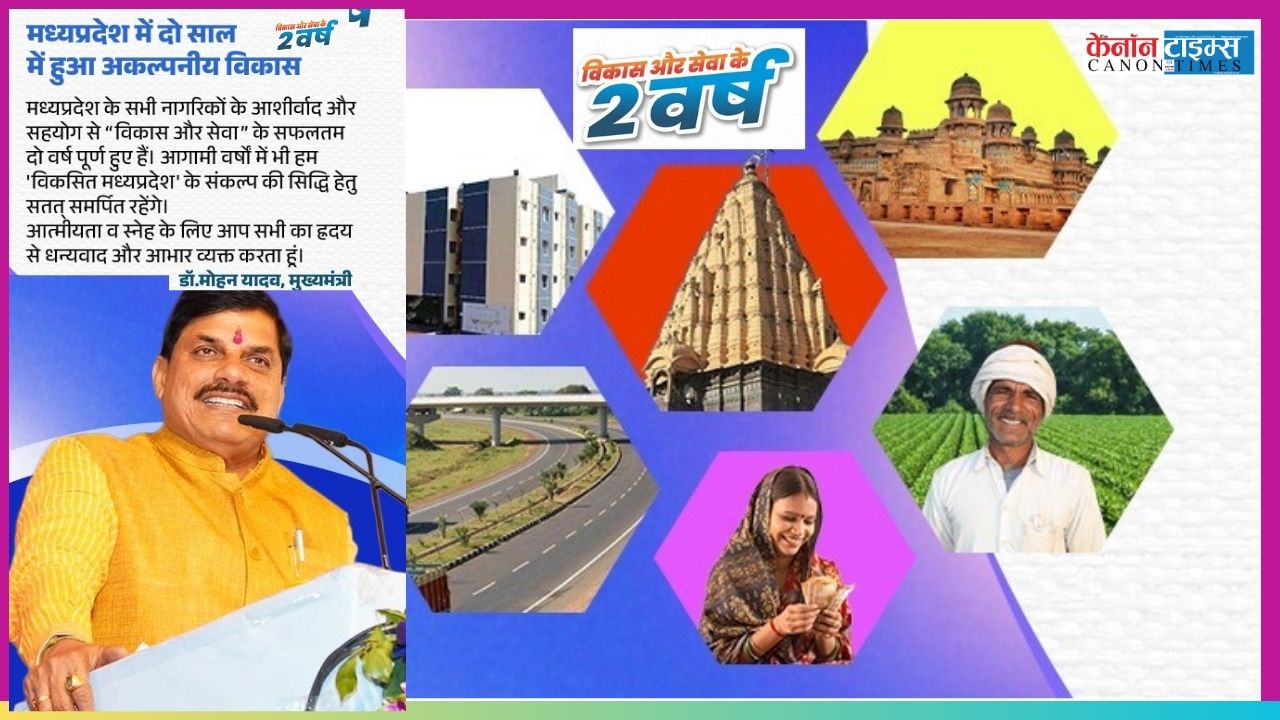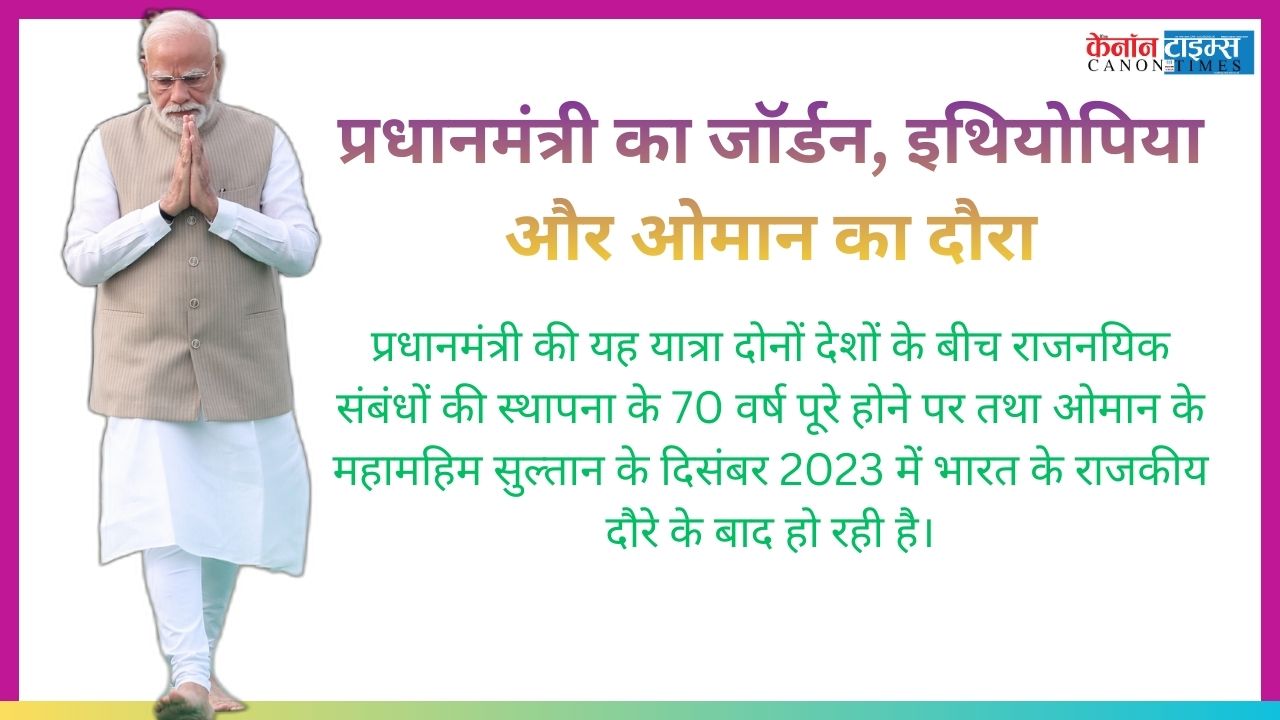It’s a calculated, if dangerous, attempt to remove a chief minister ahead of elections. The aggressive move by the BJP to remove the current government in Haryana was not unexpected; although M L Khattar had solid ties to the establishment, there were questions about his viability. While using the benefit of being in power, the BJP has elevated the art of defeating anti-incumbency to a science.
An all-encompassing word is anti-incumbency. The range of interrelated variables that lead voters to remove sitting representatives, parties, and governments is covered.
These include flagrant bad performance and governance as well as inadequate expectation management and voter weariness.
Voters are more inclined to be angry with the elected representative as they are the direct source of their discontent. Certain incumbents could exhibit improper conduct that blots their copybooks. Some could have merely done poorly. The BJP often replaces Members of Parliament and Legislative Assemblies whose voter outreach is inadequate on social media and in person.
33 incumbent Members were removed from the original list of candidates for the Lok Sabha.
Meenakshi Lekhi, a fiery party spokesman and minister of state for external affairs from New Delhi, was one of them. There are even five and seventeen new faces in Gujarat and Madhya Pradesh, where the BJP won the assembly elections with much fanfare, respectively.
The BJP also takes into account farther-reaching variables like CMs and ministers that contribute to voter dissatisfaction. It was beneficial for Uttarakhand to remove an unpopular chief minister prior to the 2022 assembly elections. After the CM was replaced, public sentiment shifted, and the party was able to regain power despite having a smaller vote share and seat share.
Even if Khattar didn’t perform poorly, his successor is a better choice in terms of votes. The fact that Nayab Singh Saini belongs to the OBC, Haryana’s numerically dominant caste, is to their favour.
Since the strong Jats are primarily Congress supporters, the BJP needs to secure the OBC vote in order to win without their help.
The incumbency benefit is the opposite of anti-incumbency. This is a reference to the incumbent’s capacity to make promises and policy declarations ahead of polls, familiarity with the voters (better the devil you know), and access to state resources. Many voters also fall victim to cognitive dissonance, which occurs when they start to favour a candidate after casting their ballot for them.
The BJP orchestrated a pro-incumbency surge in Madhya Pradesh in 2023. The BJP soared to a remarkable 7.5% of the vote, while the Congress barely lost 0.5% of its share. In Rajasthan, the Congress used a similar strategy but was only able to increase its vote share by 0.2%. With a 2.3% increase in support, the BJP easily defeated the incumbent.
The BJP was the first to recognise the significance of accumulating votes at the local level in terms of political strategy. It was able to obtain the advantage of their vote share by assimilating or aligning with independents and small parties without having to give up the goals of its own cadre.
It is hardly unexpected that the decline of electoral anti-incumbency has accompanied the ascent of the BJP.
In Indian politics, the years 1989 to 1999 are known as the “anti-incumbency phase” since 77% of administrations lost elections during that time. From 1999 onward, this pattern started to wane, and between 2003 and 2008, less than half of the incumbent administrations were overthrown. In 14 of the 22 assemblies that were held between 2009 and 2013, incumbents were re-elected.
Numerous variables contribute to pro-incumbency voting behaviour.
Although having money at one’s disposal is undoubtedly advantageous, other factors—such as a history of growth and public policy success, astute election tactics, and trustworthy leadership—are more significant.
In addition to shouting, the incumbent has to have a cause for shouting.
Anti-incumbency sentiment is not influenced by ideologies since political parties have diluted their positions due to their opportunistic actions. Furthermore, the bijli-sadak-pani (electricity, roads, and water) formula has little effect on re-election. The electorate of today is focused on broad messages of growth, advancement for women, and improvements in living standards and comfort of living.
Voters place increased importance on having access to the internet, jobs for women and young people, and a sense of ownership over the Indian story.
Even though India lacks the traditional “political business cycle,” which involves using policy tools to boost the economy before elections, politicians nevertheless try to sway public opinion. For instance, Prime Minister Narendra Modi has been inaugurating projects nonstop.
Freebies or “revdis” are offered by both incumbents and rivals, but voters are wise enough now. Promises are too frequently violated to be taken seriously. Voters are starting to doubt the challenger’s ability to deliver and the expense of the revised Democratic Party platform. For example, despite fulfilling election pledges, Karnataka deputy chief minister DK Shivkumar famously said that there was no funding for development!
“The electorate could be expressing one of the following: affirmation of its support for the government’s development agenda; a willingness to give the party in power another chance to improve its performance on various fronts or a promising political personality,” political scientist Radhika Kumar wrote in 2013. The BJP is depending on this trifecta to pursue a third straight term in government. It can point to a track record of financial inclusion, welfare initiatives, economic expansion, and infrastructure development, and it promises to do even better in its third term, guided by the legendary Prime Minister Narendra Modi.
Abhishek Verma
Author: This news is edited by: Abhishek Verma, (Editor, CANON TIMES)
Authentic news.






